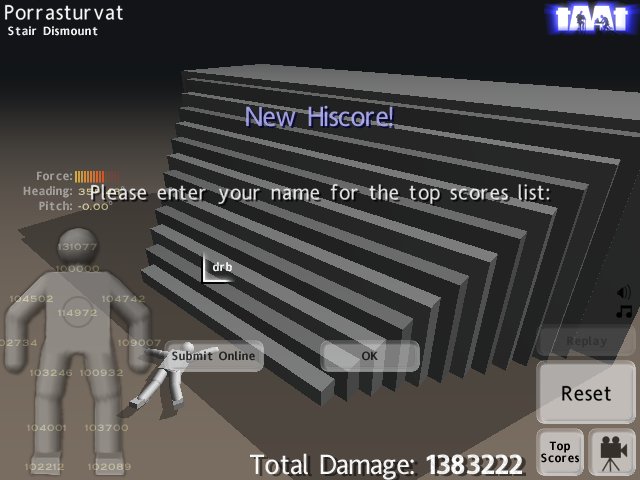As Bryce has already detailed, a few of us have started examining MythTV. While TiVo has served me pretty well, it sounds like now that the recording restriction flag has been tested it won’t be too long now before the content providers start actually using it. Supposedly the latest alarm is unfounded, in that it was a mistake. Whether it was a test, a mistake, it does show that my TiVo is now prepared to cripple itself.
MythTV has come a long way now. It seems that it’s a viable alternative for a DVR. Within our MythTV Club, we’re each going to have different problems. Doug will be fighting DVD playback via his PVR-350, Bryce will be playing with double recording sources, and I will be fighting with the video library playback capabilities. The EFF has a great write-up on installing MythTV for broadcast HDTV support. I think HD broadcast recording is going to come pretty late in our designs.
My existing video navigator (not the TiVo) is a very simple filesystem browser that just launches “mplayer” or “xmms” on the files it finds. (Holy crap, I set that up in 2002?!) MythTV’s “mythvideo” plugin is a much smarter browser for both video and audio, but its interface is wildly different from my current system. Especially for audio, which is very ID3-tag heavy. Very few of my early CD rips have any ID3 tags at all. The built-in MythTV player is also very very broken for seeking, and for unusual formats. I have a lot of movie trailers in Quicktime that MythTV refuses to play. I suspect that the video library issues will be the easiest to solve, though, since I can select a different viewer, etc. All that I have set up already on my existing navigator.
The nice thing about MythTV’s video/audio browser, though, is all the metadata support. I can pull down DVD and CD covers, etc. It’s way prettier than my existing system too. My goal is to get MythTV set up on my existing TV computer this week. Once it has replaced the filesystem browser, I’ll have the same functionality as the old system, and gain the ability to move on to real DVR activity in the future. I want to match my TiVo’s recording schedule, and then probably run in parallel until TiVo really gets DRM going.
I’m curious to see what the Netflix/TiVo joint venture is going to look like. I suspect the recent DRM testing is for the Netflix offering. If that’s true, I’ll wait until I see it, and then cancel my service. I’d really like to support TiVo, but not if they’re trying to cripple my time-shifting/long-term storage capabilities. I wonder how long it’ll take me to kernel-monte the TiVo into a MythTV frontend. All I really need is a cross-compiler. Sure would be nice to reuse my TiVo as a MythTV frontend if it comes to that.
© 2005, Kees Cook. This work is licensed under a Creative Commons Attribution-ShareAlike 4.0 License.
